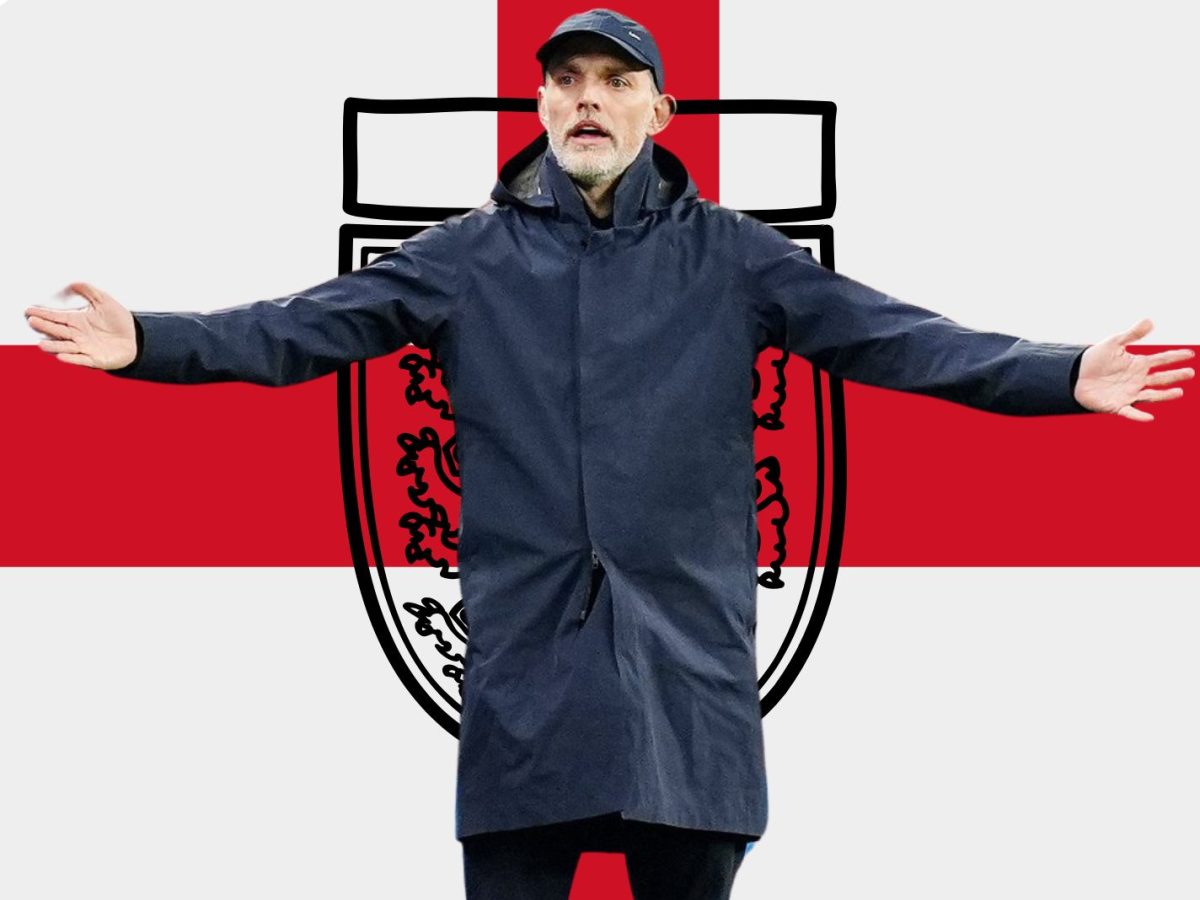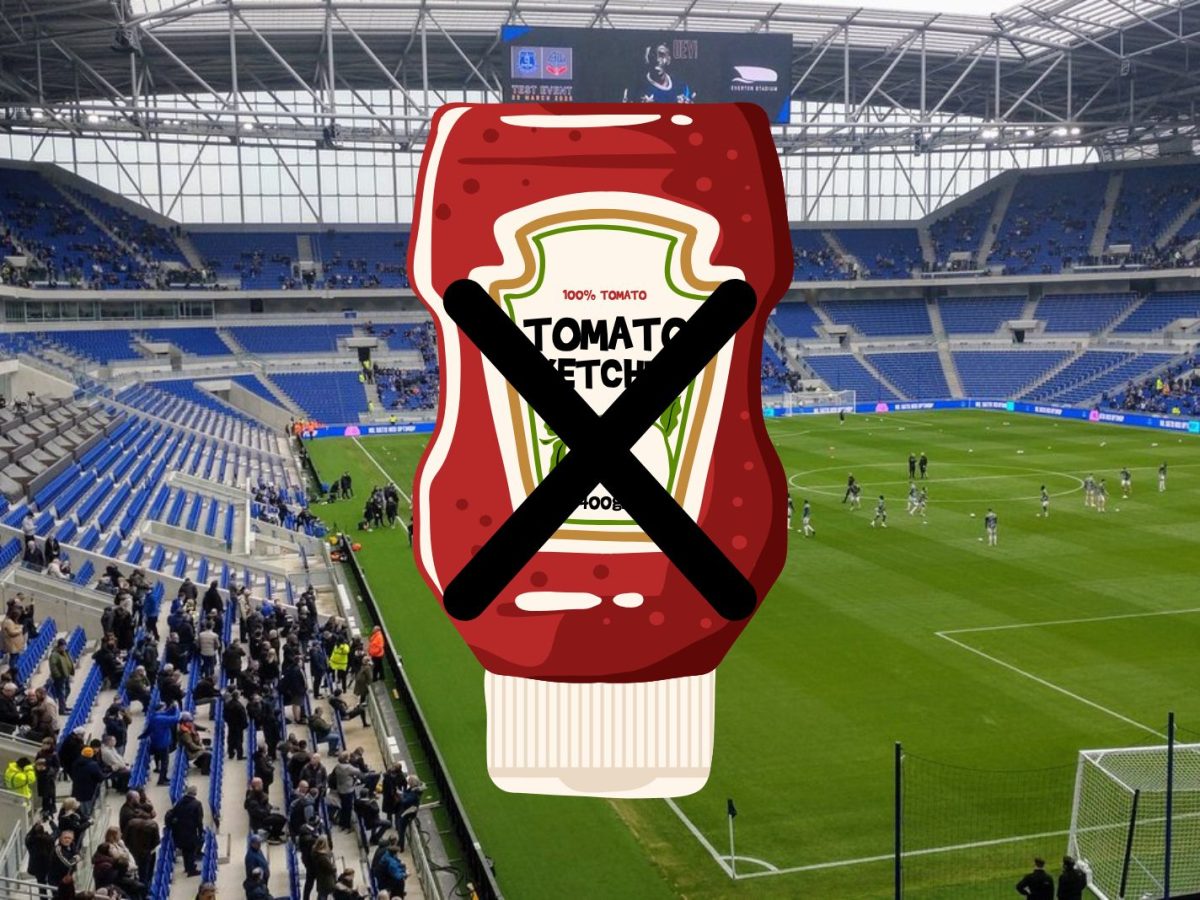Guess the football team: Yellow shirt, blue shorts.
9 out of 10 would guess just one team, that is how iconic the colours and the jerseys have become.
Yes, we’re talking about the Brazil National Team.
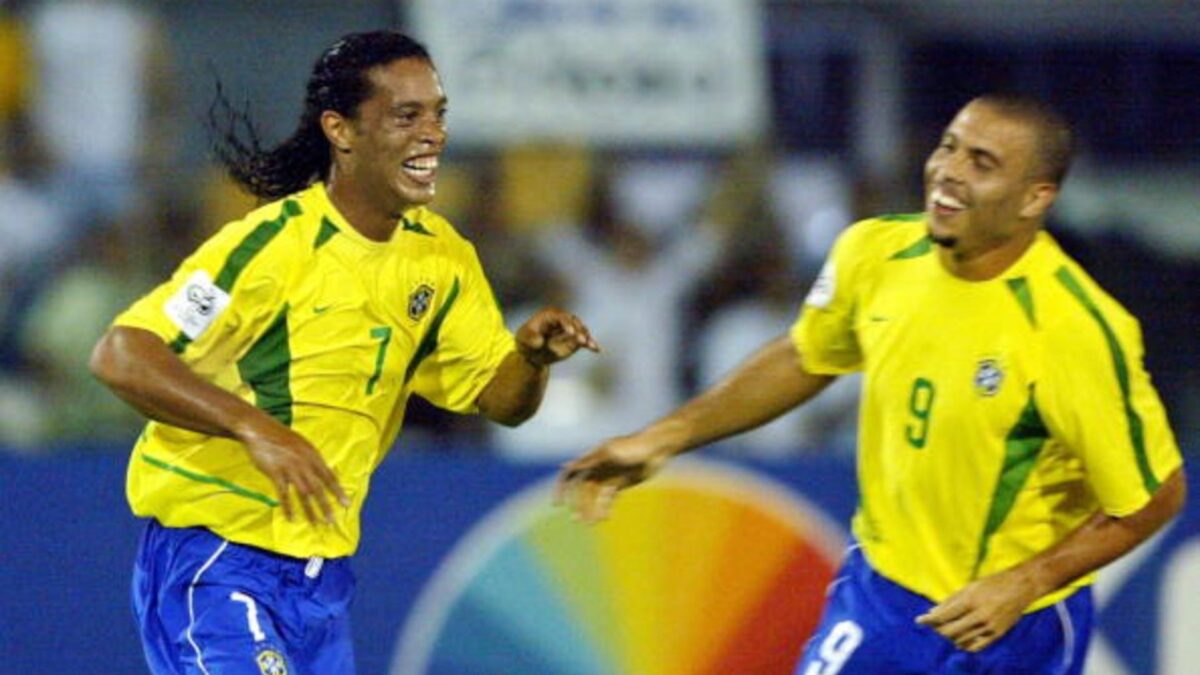
The blue, green and blue colours have been so ingrained with the Brazilian national football team that it is next to impossible to think that it was not always the case, or for that matter, it will be any different in the future.
But it wasn’t always yellow, and if sources are to be believed, Brazil are poised to move away from these shades very soon, at least temporarily.
So let’s take a closer look at the kit and why a shift is in the offing.
Introduction Of The Yellow And Blue Jersey
Brazil home kits were actually white up until the 1950s.
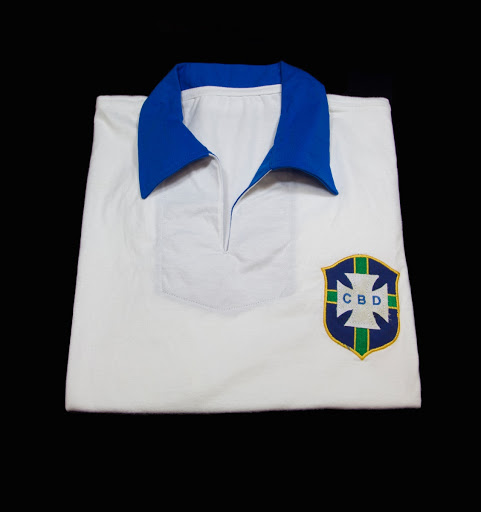
But a heartbreaking loss in the 1950 World Cup to Uruguay drove a change. Brazilians are superstitious, and turned against the white kit, stating how it did not line with the country’s ethos and furthermore, looked like the colours of rivals Argentina and Uruguay.
Just three years later, a competition was opened up to the public for a new design, with the winning piece being chosen for the 1954 World Cup. A 19-year-old Aldyr Garcia Schlee topped the contest, and it was the start of the colours that we now associate with the Seleção.
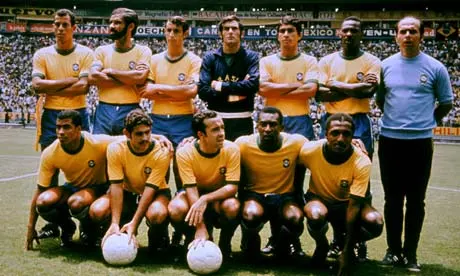
They have since stuck to this colour, with White only making a return in 2019 as a special jersey on account of the 100th anniversary of a cup win.
The Case Against Yellow Jersey
With the country being ever so successful in this colour, you could be forgiven if you think that fans would never want to change it. But the change is being driven by Brazilians, and the reason is political in nature.
CBF, or Confederação Brasileira de Futebol (Brazilian Football Confederation), is concerned that the perception of the classic home shirt is changing and dropping in the country.
Many now refuse to buy or wear the jersey as it has been adopted as a political symbol by former far-right president Jair Bolsonaro.
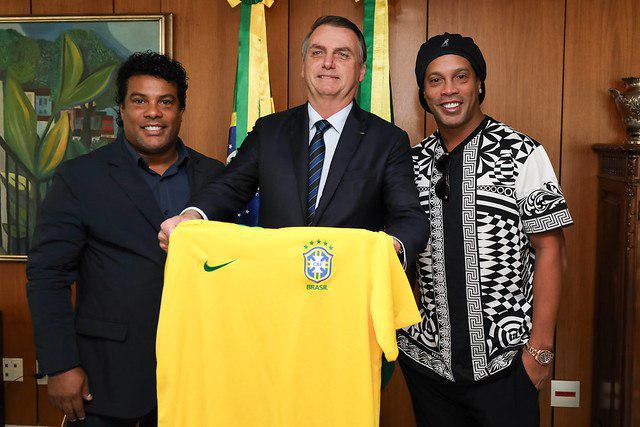
Bolsonaro’s election plea has been on the lines of “Vote with the yellow shirt” and his campaign has been backed by the country’s football stars like Neymar.
However, his presidency has not been good for the country, with many reluctant to re-elect him for office. In fact, Bolsanaro lost his presidency to Lula da Silva III at the beginning of 2023.
By virtue of the national team’s association with the oft-hated political figure, the team itself is becoming distant from the population.
The lack of sales is hurting the pockets of CBF, who are now planning a move to phase the colour out of the team.
The Case For Green
The concept of a Green jersey is not new for Brazil.
The Away and Alternate kits have featured the colours Blue and Green. While Green kits have been released in 2014 and 2017, they have never been worn in a match.
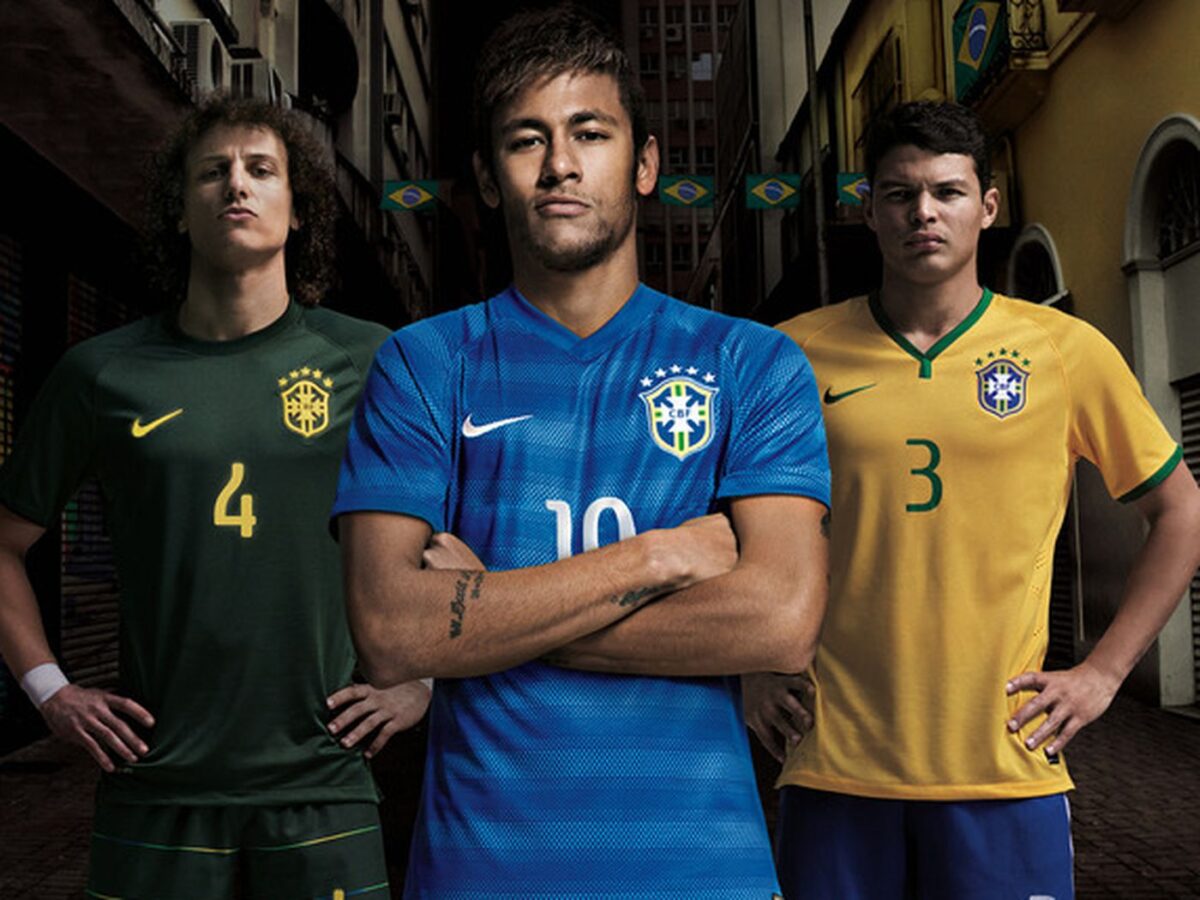
In fact, in the previously mentioned 1953-kit-design competition, green was the colour of the jersey that finished second.
Additionally, the colour is also associated with good causes and social issues in the country, including the preservation of the Amazon, the single largest remaining tropical rainforest in the world spanning 8 countries, with 60% of it in Brazil territory.
The rainforest was exploited for financial gain during Bolsonaro’s reign and a move towards that colour and this cause will surely resonate with the public.
Additionally, the supposed match that is going to happen with green kits is going to play for charity, with gains going towards an NGO called SOS Amazonia.
While the official announcement of this match or the opponent is yet to be announced, it will hardly matter.
The move marks a significant change for Brazil, and not just their soccer team but the political dynamics as well. And who knows, if the kit is well-received, we may very well see it become a long-term fixture in the dressing room.


